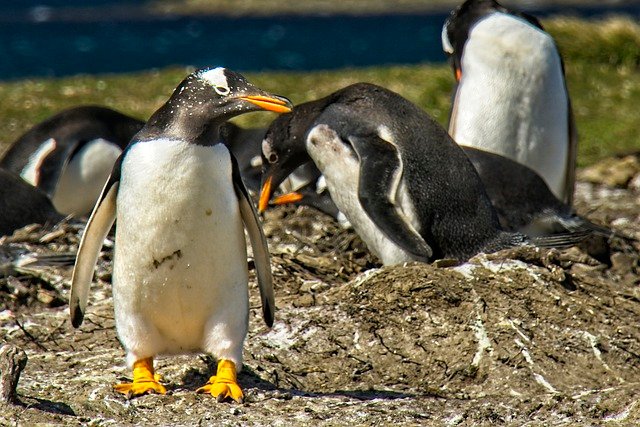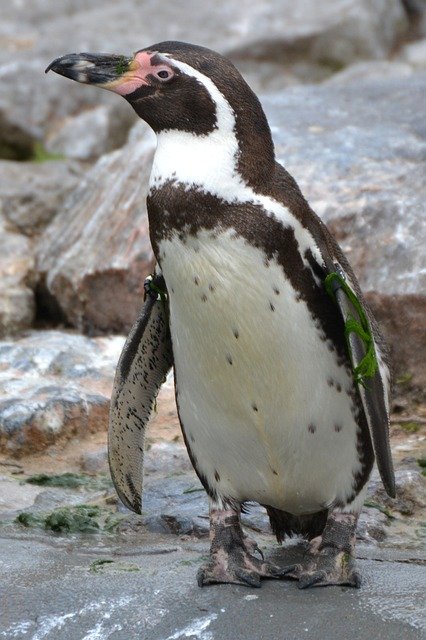
The Social Lives of Penguins: Understanding Their Complex Communication and Social Structures
Penguins are often seen as the adorable, waddling birds of the Antarctic, but beneath their charming exterior lies a fascinating world of social interaction and communication. In this post, we will explore the complex social lives of these remarkable creatures, shedding light on their communication methods and social structures.
The Importance of Social Bonds
Penguins are highly social animals that thrive in large colonies. These colonies can range from a few hundred to several thousand individuals, depending on the species and the breeding season. Social bonds are crucial for their survival, as they provide protection from predators, facilitate foraging, and enhance reproductive success.
Types of Social Structures
Penguin social structures can be categorized into several types:
Breeding Colonies: During the breeding season, penguins gather in colonies to mate and raise their young. These colonies can be densely packed, with individuals often nesting in close proximity to one another.
Nesting Sites: Penguins often return to the same nesting sites year after year, reinforcing social bonds with their mates and neighboring birds.
Flocks: Outside of the breeding season, penguins may form smaller flocks for foraging or traveling. These groups help individuals find food more efficiently and provide safety in numbers.
Communication Methods
Penguins have developed a variety of communication methods to interact with one another. These include vocalizations, body language, and visual displays.
Vocalizations
Calls: Penguins are known for their distinctive calls, which can vary between species. These vocalizations serve multiple purposes, including attracting mates, signaling alarm, and maintaining contact with chicks.
Chick Communication: Parent penguins recognize their chicks by their unique calls, allowing them to find each other in crowded colonies. Chicks also use vocalizations to signal hunger or distress.
Body Language
Penguins communicate through various body postures and movements. For example, a penguin may bow or flap its wings to display aggression or submission. The way they position their bodies can convey a range of emotions, from excitement to fear.
Visual Displays
In addition to vocalizations and body language, visual displays play a significant role in penguin communication. For instance, during courtship, male penguins often perform elaborate displays, such as puffing out their chests or engaging in synchronized swimming, to attract females.
Social Hierarchies
Within penguin colonies, social hierarchies can emerge based on factors such as age, breeding status, and individual behavior. Dominant individuals may have better access to resources and mates, while subordinate penguins often adopt different strategies to survive and reproduce.
Cooperative Behavior
Penguins also exhibit cooperative behaviors, such as sharing parenting duties and foraging together. This cooperation enhances the survival of their offspring and strengthens social bonds within the colony.
Conclusion
The social lives of penguins are intricate and multifaceted, characterized by complex communication and social structures. Understanding these dynamics not only enhances our appreciation for these remarkable birds but also highlights the importance of preserving their habitats and ensuring their survival in a changing world. As we continue to study penguins, we uncover the richness of their social lives, reminding us that there is much more to these charming creatures than meets the eye.
Feel free to share your thoughts or experiences with penguins in the comments below! 🐧
